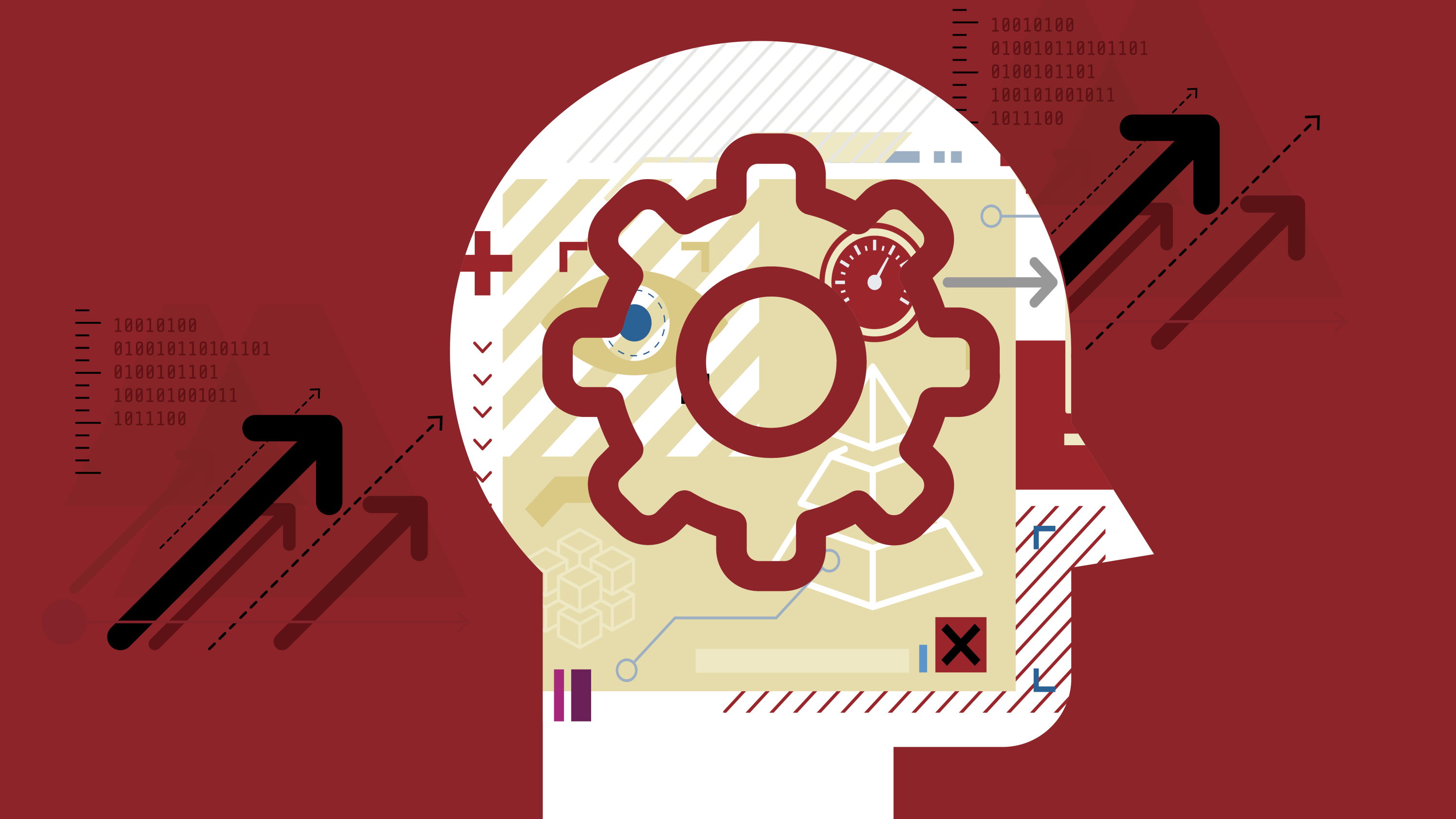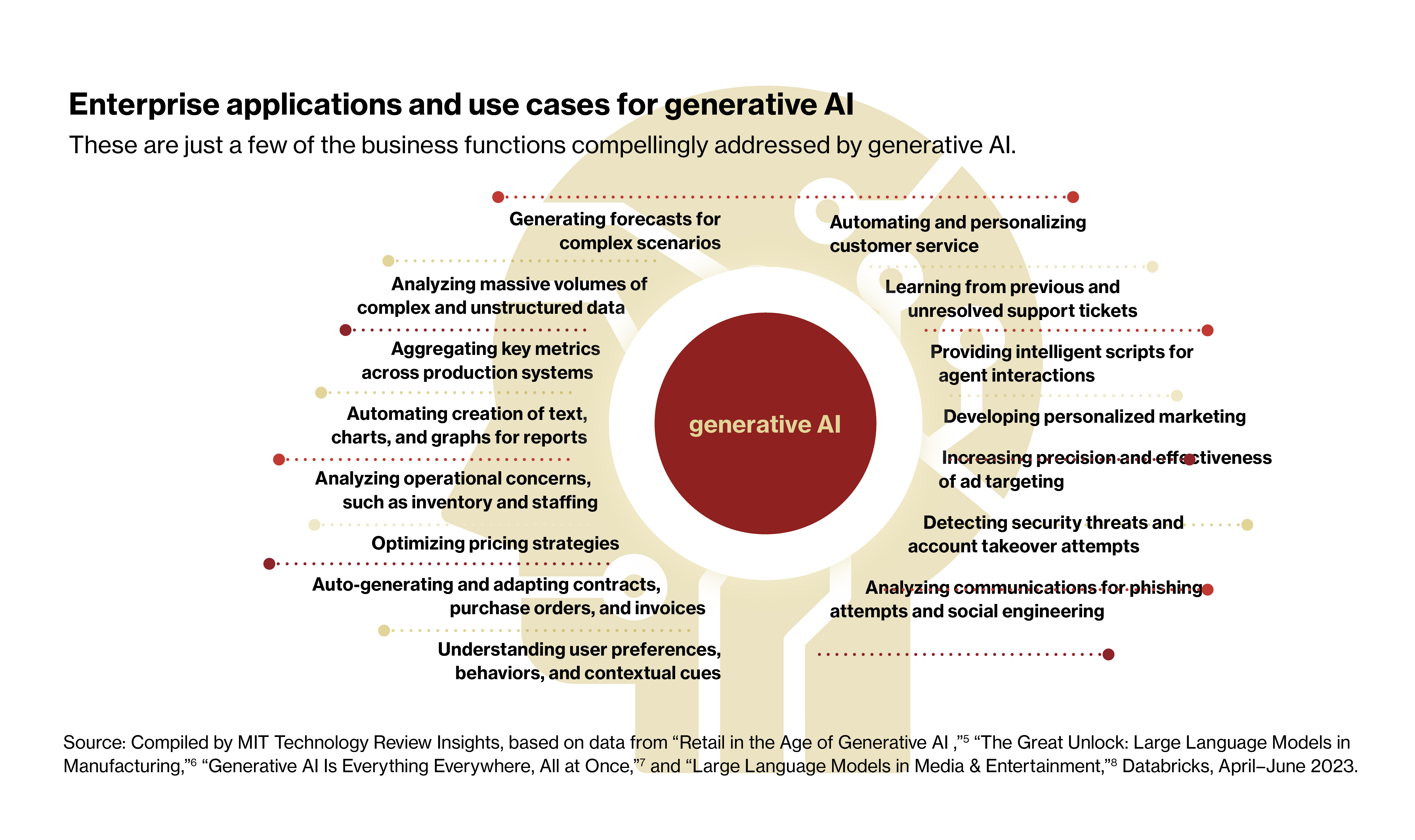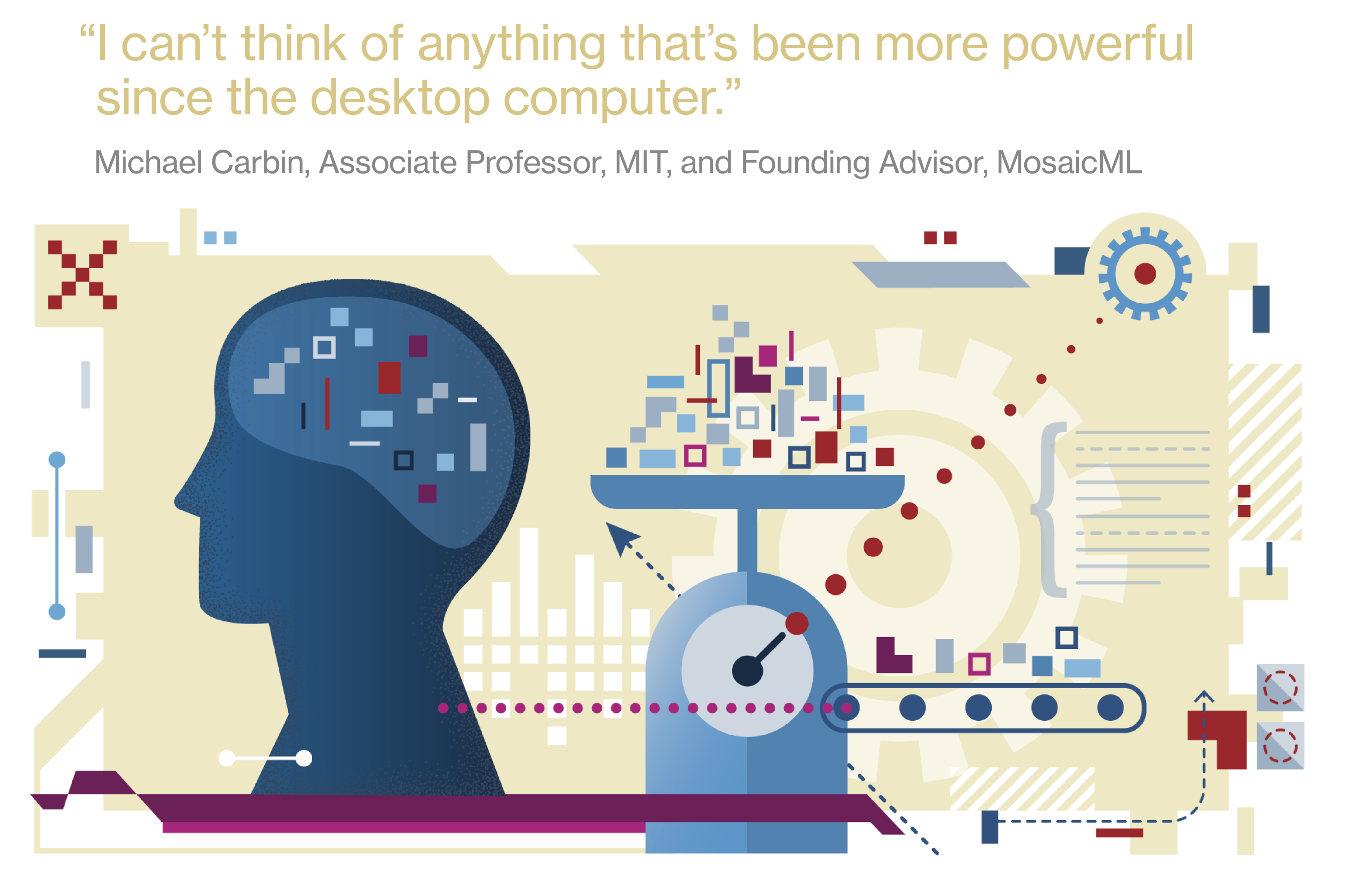The great acceleration: CIO perspectives on generative AI
The emergence of consumer-facing generative AI tools in late 2022 and early 2023 radically shifted public conversation around the power and potential of AI. Though generative AI had been making waves among experts since the introduction of GPT-2 in 2019, it is just now that its revolutionary opportunities have become clear to enterprise. The weight of this moment-and the ripple effects it will inspire-will reverberate for decades to come.

The impact of generative AI on economies and enterprise will be revolutionary. McKinsey Global Institute estimates that generative AI will add between $2.6 and $4.4 trillion in annual value to the global economy, increasing the economic impact of AI as a whole by 15 to 40%. The consultancy projects that AI will automate half of all work between 2040 and 2060, with generative AI pushing that window a decade earlier than previous estimates. Goldman Sachs predicts a 7%-or nearly $7 trillion-increase in global GDP attributable to generative AI, and the firm expects that two-thirds of U.S. occupations will be affected by AI-powered automation.
Text-generating AI systems, such as the popular ChatGPT, are built on large language models (LLMs). LLMs train on a vast corpus of data to answer questions or perform tasks based on statistical likelihoods. Rather than searching and synthesizing answers, they use mathematical models to predict the most likely next word or output. What was exciting to me, when I first interacted with ChatGPT, was how conversant it was," says Michael Carbin, associate professor at MIT and founding advisor at MosaicML. I felt like, for the first time, I could communicate with a computer and it could interpret what I meant. We can now translate language into something that a machine can understand. I can't think of anything that's been more powerful since the desktop computer."

Although AI was recognized as strategically important before generative AI became prominent, our 2022 survey found CIOs' ambitions limited: while 94% of organizations were using AI in some way, only 14% were aiming to achieve enterprise-wide" AI by 2025. By contrast, the power of generative AI tools to democratize AI-to spread it through every function of the enterprise, to support every employee, and to engage every customer -heralds an inflection point where AI can grow from a technology employed for particular use cases to one that truly defines the modern enterprise.
As such, chief information officers and technical leaders will have to act decisively: embracing generative AI to seize its opportunities and avoid ceding competitive ground, while also making strategic decisions about data infrastructure, model ownership, workforce structure, and AI governance that will have long-term consequences for organizational success.
This report explores the latest thinking of chief information officers at some of the world's largest and best-known companies, as well as experts from the public, private, and academic sectors. It presents their thoughts about AI against the backdrop of our global survey of 600 senior data and technology executives.
A trove of unstructured and buried data is now legible, unlocking business value. Previous AI initiatives had to focus on use cases where structured data was ready and abundant; the complexity of collecting, annotating, and synthesizing heterogeneous datasets made wider AI initiatives unviable. By contrast, generative AI's new ability to surface and utilize once-hidden data will power extraordinary new advances across the organization.
The generative AI era requires a data infrastructure that is flexible, scalable, and efficient. To power these new initiatives, chief information officers and technical leads are embracing next-generation data infrastructures. More advanced approaches, such as data lakehouses, can democratize access to data and analytics, enhance security, and combine low-cost storage with high-performance querying.

Some organizations seek to leverage open-source technology to build their own LLMs, capitalizing on and protecting their own data and IP. CIOs are already cognizant of the limitations and risks of third-party services, including the release of sensitive intelligence and reliance on platforms they do not control or have visibility into. They also see opportunities around developing customized LLMs and realizing value from smaller models. The most successful organizations will strike the right strategic balance based on a careful calculation of risk, comparative advantage, and governance.
Automation anxiety should not be ignored, but dystopian forecasts are overblown. Generative AI tools can already complete complex and varied workloads, but CIOs and academics interviewed for this report do not expect large-scale automation threats. Instead, they believe the broader workforce will be liberated from time-consuming work to focus on higher value areas of insight, strategy, and business value.
Unified and consistent governance are the rails on which AI can speed forward. Generative AI brings commercial and societal risks, including protecting commercially sensitive IP, copyright infringement, unreliable or unexplainable results, and toxic content. To innovate quickly without breaking things or getting ahead of regulatory changes, diligent CIOs must address the unique governance challenges of generative AI, investing in technology, processes, and institutional structures.
This content was produced by Insights, the custom content arm of MIT Technology Review. It was not written by MIT Technology Review's editorial staff.